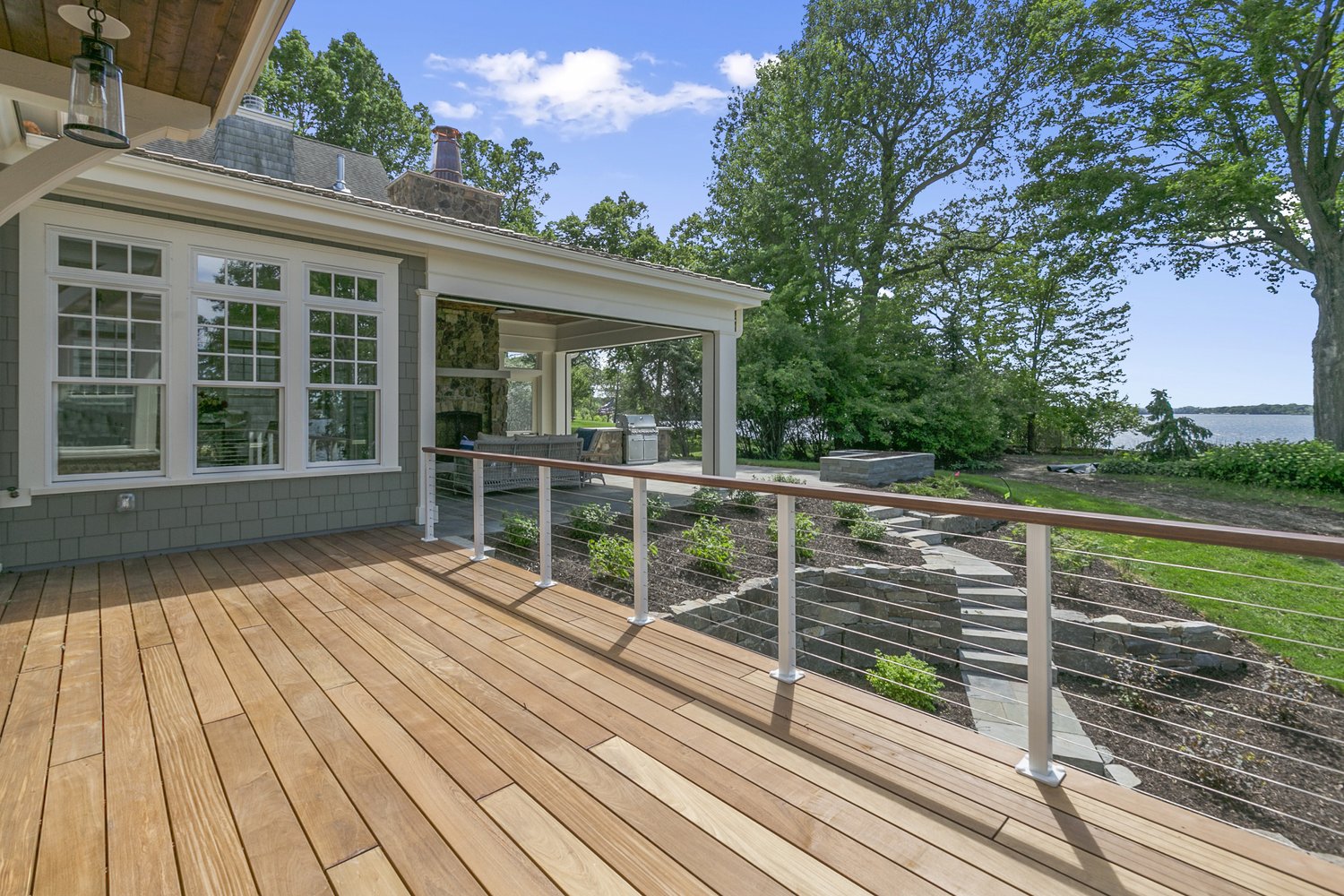Creating a deck that stands the test of time requires more than just selecting beautiful materials for the surface. The true strength of any deck lies in what you can’t see—the connectors and fasteners that hold everything together. In this comprehensive guide, we’ll explore how using the right hardware, from corrosion resistant screws to hurricane clips, can create a wind resistant deck capable of withstanding nature’s fury. By establishing a continuous load path from your deck to its foundation, you’ll ensure your outdoor living space remains safe and secure for years to come.
Understanding the Importance of Quality Fasteners
When embarking on a deck building project, the fasteners you choose play a crucial role in determining the longevity and safety of your structure. Many homeowners focus on selecting the perfect decking boards but overlook the hardware that holds everything together. Standard nails and screws can rust, weaken, and eventually fail when exposed to the elements, compromising your deck’s structural integrity. Corrosion resistant screws made from stainless steel or with hot-dip galvanized coatings provide superior protection against moisture, salt air, and harsh weather conditions.
The environment where your deck is located should influence your fastener selection. Coastal areas with salt spray require stainless steel fasteners, while inland locations might be adequately served by hot-dip galvanized options. Remember that using the wrong fasteners can lead to premature failure and potentially dangerous structural issues. The slight additional cost of quality fasteners pays dividends in durability and peace of mind for years to come.
Creating a Continuous Load Path
A key concept in building a wind resistant deck is establishing a continuous load path. This engineering principle ensures that forces applied to your deck—whether from people walking on it or strong winds pushing against it—are properly transferred through the structure and into the ground. Every connection point in your deck must be secured to handle both downward gravity loads and upward lifting forces from high winds.
Start by properly connecting your deck to the house using appropriate ledger board attachments and flashing. Then ensure each joist is securely fastened to the ledger board and beam with proper joist hangers. Continue the load path through the posts and down to their footings, which should extend below the frost line. Each connection along this path should be reinforced with appropriate hardware, creating an unbroken chain that transfers forces safely to the ground.
Harnessing the Power of Hurricane Clips
Hurricane clips represent one of the most valuable yet underutilized components in deck building. These small metal connectors create incredibly strong connections between framing members, dramatically increasing your deck’s resistance to high winds. Properly installed hurricane clips can prevent your deck from lifting or separating during severe weather events.
Install hurricane clips at critical connection points: where joists meet beams, where beams connect to posts, and where posts attach to concrete footings. For maximum effectiveness, ensure that each hurricane clip is attached using the correct number and size of fasteners as specified by the manufacturer. These specialized connectors work in conjunction with your other fasteners to create a fully integrated structural system that can withstand significant wind loads.
Selecting the Right Hardware for Your Climate
Different environments place unique demands on your deck’s hardware. In humid regions, the constant moisture can accelerate corrosion of inadequate fasteners. In coastal areas, salt spray creates an even more aggressive environment for metal components. When selecting hardware for your deck, consider both your local climate and any extreme weather events common to your region.
As experts at AskHomey often advise homeowners, investing in high-quality, corrosion-resistant hardware appropriate for your specific climate conditions is never a wasted expense. Stainless steel fasteners offer the highest level of corrosion resistance and are ideal for harsh environments, while hot-dip galvanized fasteners provide excellent protection in less severe conditions. Some manufacturers also offer coated screws specifically designed for pressure-treated lumber, which contains chemicals that can accelerate corrosion of standard fasteners.
Maintenance Considerations for Long-Term Durability
Even with the best fasteners and connectors, regular inspection and maintenance remain essential for a durable deck. Plan to inspect your deck annually, paying special attention to all connection points. Look for signs of corrosion, loose fasteners, or wood decay around fasteners. Tighten any loose connections and replace any visibly corroded hardware immediately.
Keep your deck clean and properly sealed to protect both the wood and the fasteners. Remove debris that can trap moisture against the deck surface and ensure proper drainage away from all structural components. Address any issues promptly to prevent small problems from developing into major structural concerns. With proper maintenance, quality fasteners and well-designed connections will continue to perform effectively for decades.
For more tips and to connect with reliable home service professionals, follow AskHomey on Facebook and Instagram.



